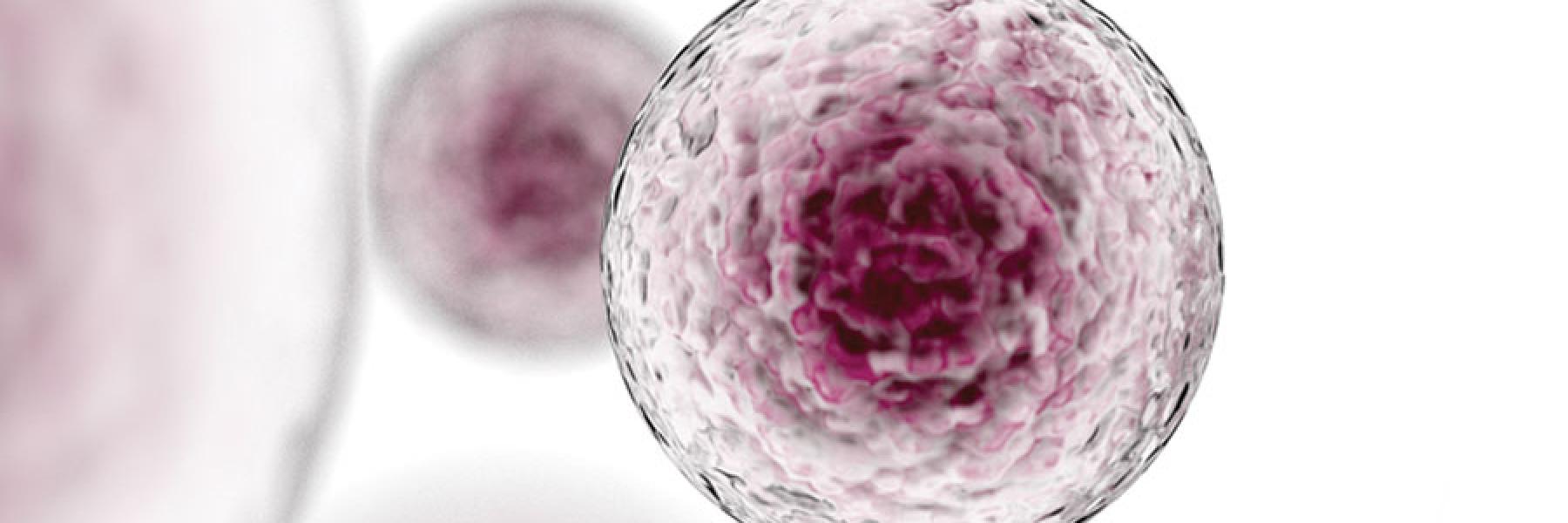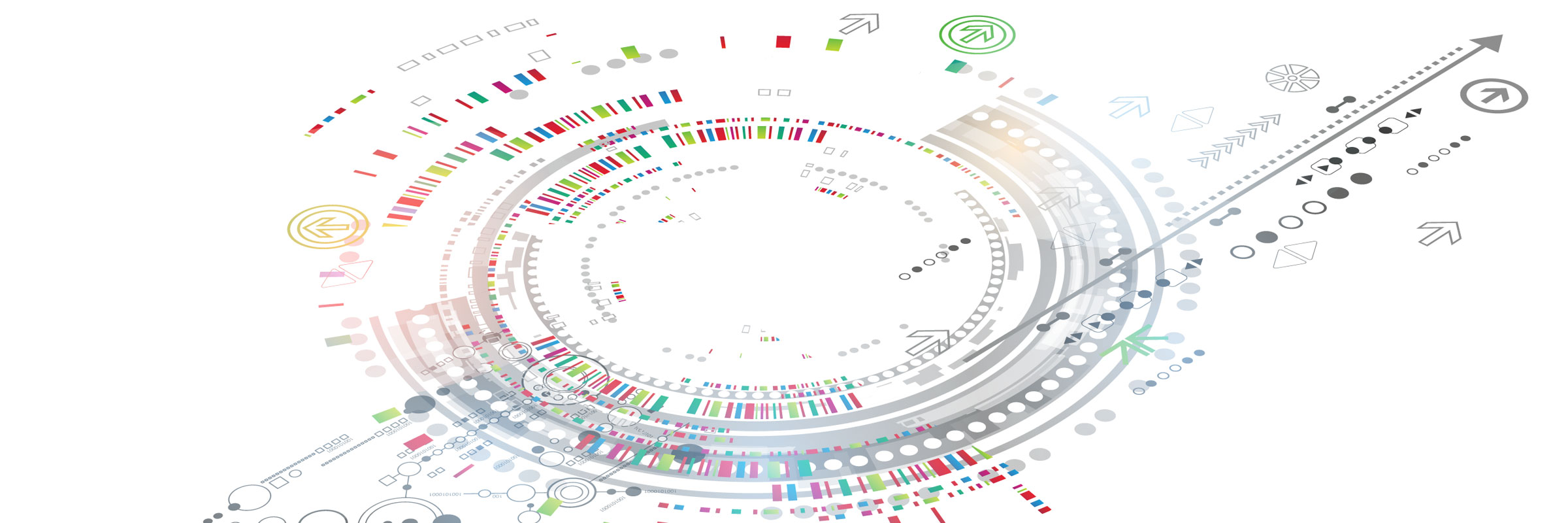The progress made over the past 20 years to improve antiretroviral (ART) regimens making them more potent, safer and better tolerated, simpler and easier to take, and less susceptible to viral resistance has been nothing short of spectacular. While some people may think that this progress is completed and that further improvements in ART regimens are unnecessary or a waste of resources, many others, including many people living with HIV (PLWH), think otherwise.
So what more can we expect as further refinements or enhancements to ART regimens? What is the future of ART?
Making ART regimens simpler and easier to take as well as safer and better-tolerated have been major driving forces for most of our newer regimens. The single-tablet regimen or STR concept, debuted with Atripla and now with six and soon-to-be eight more STRs, has made combination ART (cART), once almost impossible for many PLWH to take, a simple one-pill, once-a-day reality. More than almost any other advance, this “pharmaceutical magic” of squeezing three or four medications into one pill has revolutionized cART by conquering the once daunting, but essential, daily adherence challenge for most PLWH.
How then can ART regimens be further improved? Safer? Simpler? Or more potent?
First, we have most likely reached the peak in terms of potency for ART regimens. In the recent Biktarvy vs. Triumeq or vs. Tivicay + Descovy clinical trials, the proportion of (PLWHIV) who had undetectable viral loads after one year of treatment was over 90% in three of the four study arms in these trials (the fourth was 89%). Expecting a greater proportion of PLWH in large clinical trials to achieve undetectable viral loads is not realistic due to the small number of PLWH who will always have some side effects to any ART regimen as well as the usual “life events” which inevitably cause trial dropouts.
Can we make ART regimens simpler than one-pill, once a day? The next quantum leap in this direction will be to decrease the frequency of taking (or administering) the ART regimen. More on this below.
So, we are left with improving the safety or tolerability of ART regimens. Since the beginning of modern (post–1996) ART development, we have progressively discarded older, more toxic anti-HIV agents in favor of newer, less toxic ones. (Aren’t we all happy to have discarded AZT, ddI [Videx], d4T [Zerit], indinavir [Crixivan], nelfinavir [Viracept], and Kaletra?) The quest for safer, better-tolerated anti-HIV agents was significantly advanced with the development of TAF, the new and improved version of Viread (TDF). TAF, through more “pharmacologic magic,” maintains the potency of Viread but markedly decreases the kidney and bone mineral toxicities of Viread. PLWH can now feel more confident that their ART regimen will not cause kidney failure or bone weakening and fractures as they suppress their HIV over many years to come.
But, can the safety of TAF be improved?
Two-drug ART regimens
A new ART strategy that PLWH will soon become familiar with, if they have not already, is treating HIV with two rather than three anti-HIV drugs. What?—many of you veterans are crying. Haven’t we already and repeatedly tried to challenge the proven magic “ART number of three” and always been disappointed with the results never being as potent? So why try this failed strategy again?
All great points and questions.
One large and several small clinical trials have recently demonstrated the two-drug combination of a boosted protease inhibitor (e.g., Kaletra, Reyataz/Norvir, or Prezista/Norvir) plus just Epivir (3TC) can effectively suppress HIV as well as the same boosted protease inhibitor with two other drugs (e.g., Truvada). The advantage of such a two-drug regimen is the elimination of Viread (TDF) and decreased kidney and bone mineral toxicity. But the gastrointestinal and cholesterol-elevating side effects are still there with the boosted protease inhibitor.
Enter Tivicay (dolutegravir), the only integrase inhibitor whose potency and resistance to HIV resistance appears to be equal to that of a boosted protease inhibitor—without the gastrointestinal and cholesterol-elevating side effects.
In November 2017, the FDA approved the first two-drug STR regimen, Juluca, based on results from two large Phase 3 randomized clinical trials. In these studies, PLWH with undetectable viral loads receiving their first- or second-line ART regimen (NNRTI, boosted PI, or INSTI) without prior virologic failure, were assigned to switch to Juluca or stay on their current ART regimen. After a year, 95% of PLWH in both groups continued to have undetectable viral loads. It’s important to point out that this was switch therapy, not first-line therapy. What’s notable about Juluca is that it is the only STR that does not contain any NRTIs (our oldest class of anti-HIV drugs) but does contain what many believe is the most potent integrase inhibitor, Tivicay, and a “next-generation” NNRTI, Edurant (rilpivirine). Juluca is the smallest STR to date and is well-tolerated with few significant side effects.
But still, why two drugs instead of the time- and experience-tested three drugs in a combination ART regimen? One frequent explanation is that by eliminating one of the three drugs, potential toxicity will be decreased as well, hence, “less is more.” Whether this is true has yet to be seen, but it does make intuitive sense. However, the “holy grail” principles of the three-drug ART regimen have always been potency, resistance to HIV resistance, and durability of nondetectability. Is Tivicay truly as potent as a boosted protease inhibitor with a high enough barrier to HIV resistance to maintain long-term undetectable viral load? Only time and great experience with Tivicay (dolutegravir)-containing regimens will answer this.
What can we expect in the not-too-distant future for further two-drug ART regimens?
Currently there are ongoing Phase 3 clinical trials of Tivicay plus Epivir (3TC), two for PLWH who are starting ART for the first time (GEMINI 1 & 2) and a single study for PLWH with undetectable viral loads receiving a TAF-containing ART regimen who will be assigned to switch to Tivicay plus Epivir or maintain their TAF-containing ART regimen (TANGO). The first-line trial is fully enrolled and will report out results later this year; the TANGO study is slated to begin enrollment in the first three months of 2018. Earlier Phase 2 studies of Tivicay and Epivir (first-line—ACTG 5353; switch—ASPIRE) have shown promising results with this two-drug ART regimen.
If this two-drug regimen is successful, one immediate casualty of the Tivicay plus Epivir ART regimen will be the loss of the need for Ziagen (abacavir). Given its controversial side effects (see HIV Drug Guide), losing it will not result in many tears.
Long-acting injectable ART
As mentioned above, one strategy for making ART simpler and more convenient would be to change the frequency with which anti-HIV medications need to be taken or administered. Two investigational anti-HIV medications have been developed into long-acting injectable (into muscle) forms and have completed testing in a successful Phase 2 study (LATTE-2) and are now in Phase 3 clinical trials.
Cabotegravir is an investigational integrase inhibitor similar to Tivicay. Edurant is already approved by the FDA as an oral anti-HIV (NNRTI) medication (see the HIV Drug Guide). Both have been developed into injectable forms which maintain high enough drug levels in the blood to suppress HIV and allow for monthly or every two months dosing.
This combination of co-administered (one injection of each drug in each butt muscle) monthly or once every two months is being studied for HIV treatment in the FLAIR (first-line ART) and ATLAS and ATLAS-2M (switch ART in PLWH with undetectable viral loads) studies. Results from the FLAIR and ATLAS studies may be released in late 2018. ATLAS-2M is slated to start enrollment in the first three months of 2018. The Phase 2 study (LATTE 2) showed very good HIV suppression and few generalized side effects, but almost 100% of the PLWH receiving the monthly or every two-months injections in their butt muscles reported mild, short-term (2–5 days) “injection site reactions,” consisting of pain, redness, and swelling where they received the injections.
Interestingly, the majority of PLWH in the study preferred the injections over their previous daily tablet ART regimens. This was reported to be due to greater convenience of monthly or every two months dosing, lack of being reminded daily of their HIV-positive status, and not having to remember and manage tablet prescriptions.
More will be revealed regarding this new way of receiving ART as results from the studies above become available.
It is important to note that injectable cabotegravir given every two months by itself is also being compared to Truvada for pre-exposure prophylaxis (PrEP) in two large studies being conducted by the HIV Prevention Trials Network (HPTN). HPTN 083 (for HIV-uninfected men and transgender women who have sex with men) and HPTN 084 (HIV-uninfected women in sub-Saharan Africa) are currently enrolling study participants. These studies are expected to enroll HIV-uninfected persons for several more months due to their large size (083 = 4500; 084 = 3200).
Conclusion
The quest to improve our currently available armamentarium of anti-HIV medications remains active and ongoing. While the number of entirely new anti-HIV drugs is limited (bictegravir and cabotegravir), the strategies for how we create new regimens and how we administer them is where the action is for the future. Although effective combination ART for HIV treatment is now over 20 years old, it is still evolving, growing, and improving. We look forward to the results of some of these new ART regimen strategies later this year and in years to come.
The future of ART remains bright.
W. David Hardy, MD, is Senior Director of Evidence-based Practices at Whitman-Walker Health in Washington, D.C. and Adjunct Professor of Medicine at John Hopkins University School of Medicine.



